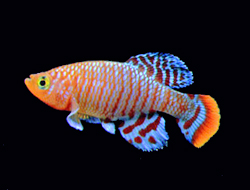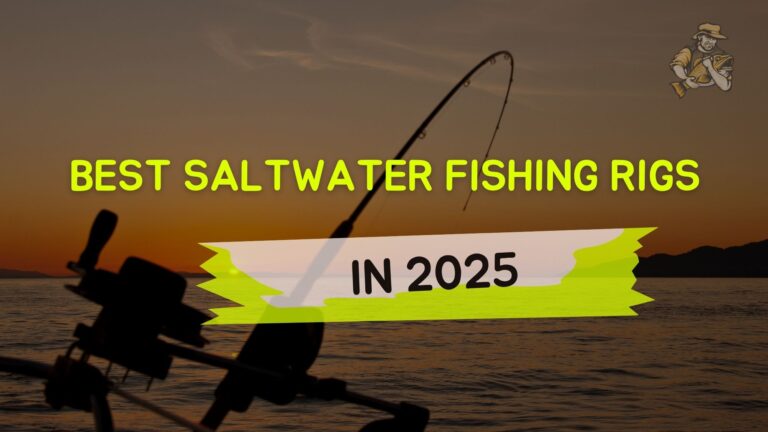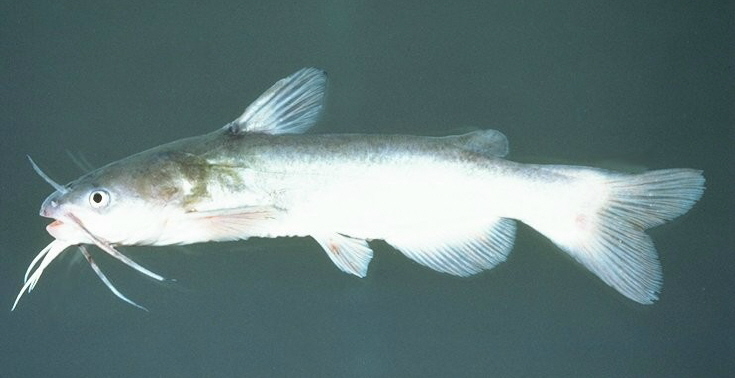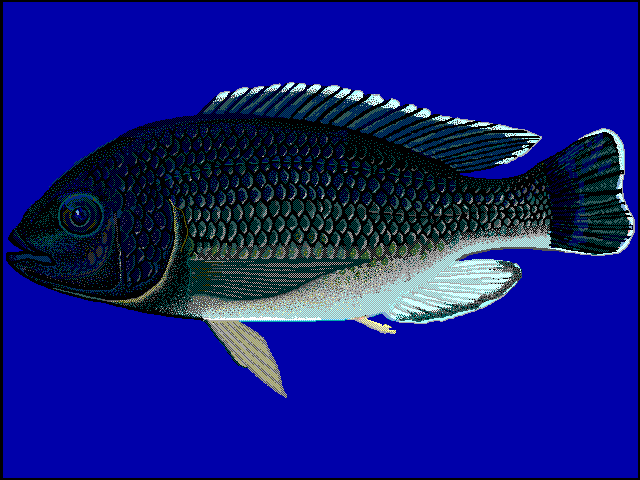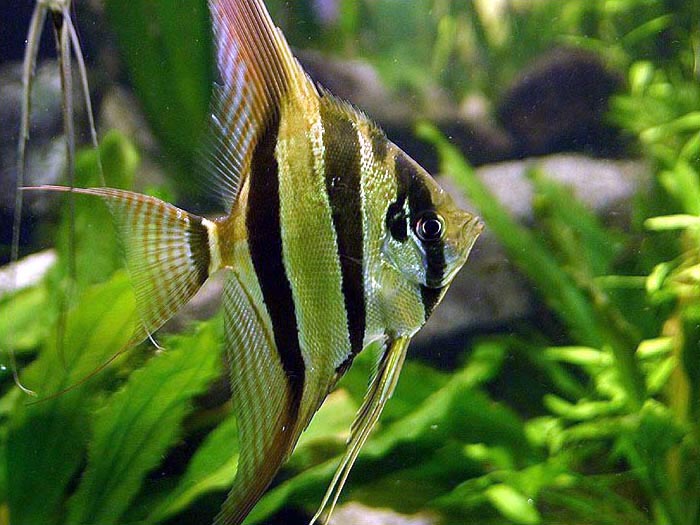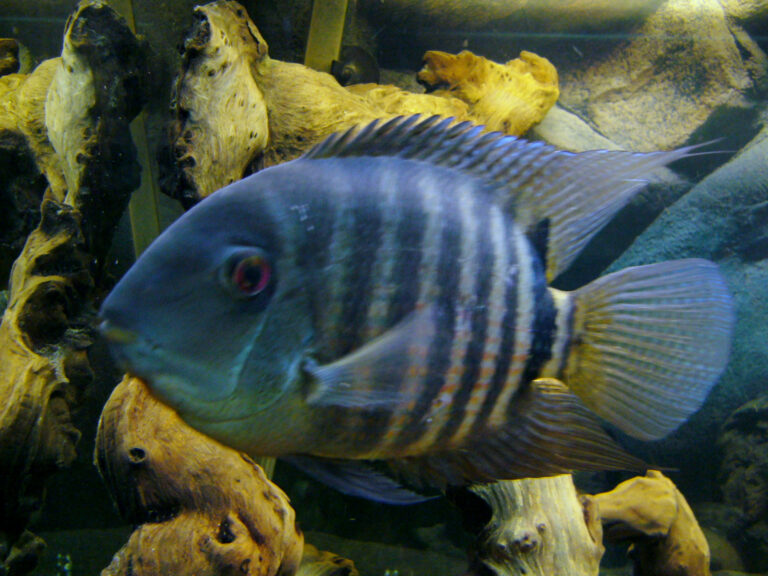Bass Fishing Techniques: Expert Tips That Actually Work
By Adam Hawthorne | Last Modified: April 26, 2025
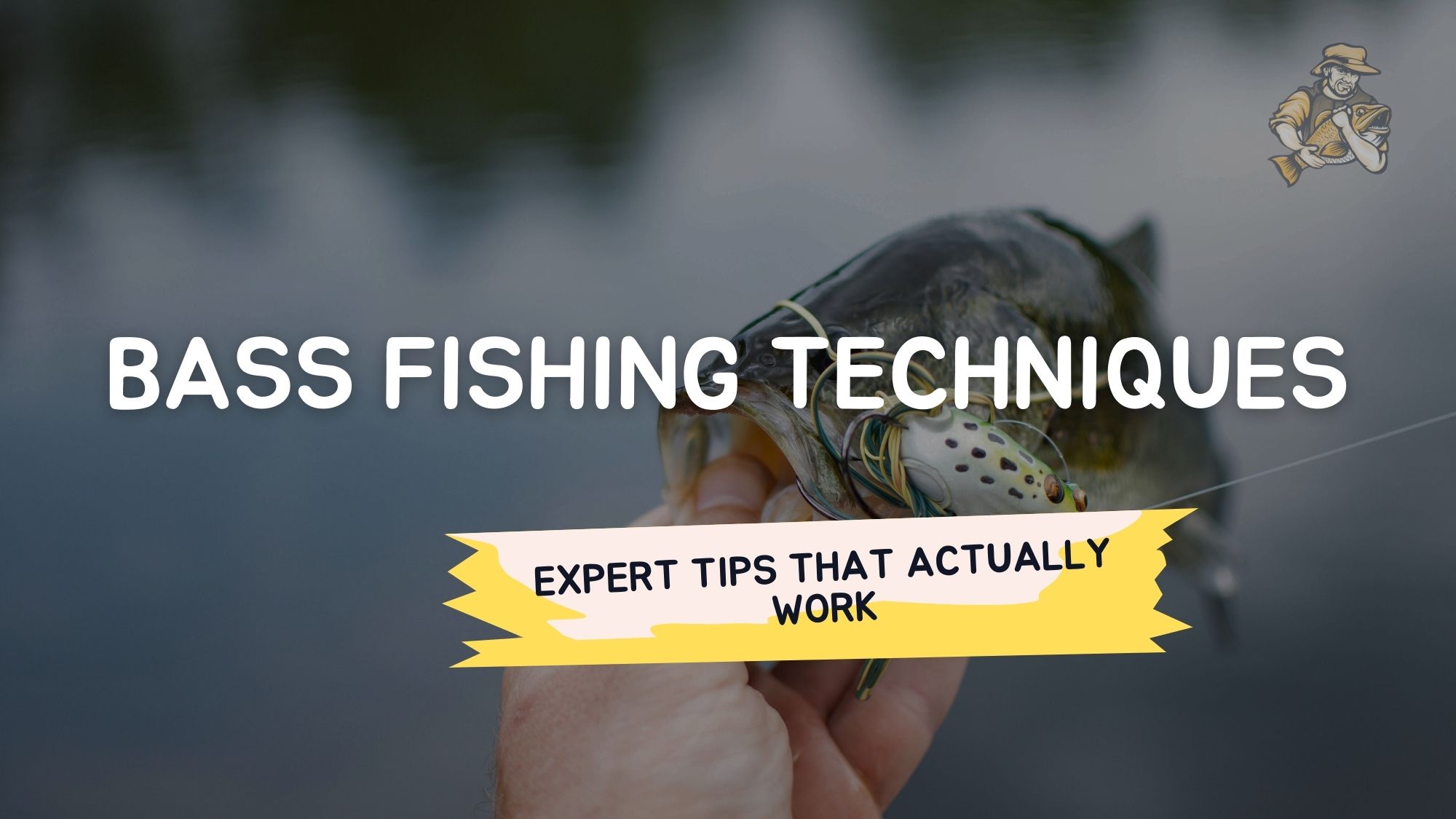
Bass fishing has been my passion for over three decades, and if there’s one thing I’ve learned, it’s that the right technique makes all the difference between a frustrating day and a memorable catch. Whether you’re just starting out or looking to refine your approach, these proven bass fishing techniques will help you land more fish and have more fun on the water.
Understanding Bass Behavior First
Before diving into specific techniques, you need to understand what makes bass tick. I’ve spent countless mornings on Lake Michigan and the Great Lakes observing these fish, and their behavior patterns are fascinating.
Bass are ambush predators that prefer structure and cover. They’re opportunistic feeders, but they’re also creatures of habit. Water temperature, time of day, and seasonal patterns all heavily influence where you’ll find them and how they’ll respond to your presentation.
During spring, bass move to shallow waters for spawning. Summer pushes them deeper to find cooler temperatures. Fall brings them back to shallow areas to feed before winter, when they slow down and head for deeper waters again. Understanding these patterns has been the foundation of my success on the water.
Proven Bass Fishing Techniques
I’ve tried virtually every bass fishing technique out there, some with embarrassing results I still laugh about with fishing buddies. Here are the approaches I’ve found most effective across different conditions.
1. Texas Rigging – The Versatile Standard
Texas rigging is my go-to technique when fishing around cover and structure. It’s weedless nature makes it perfect for those prime bass hiding spots that would snag other setups.
To set up a Texas rig:
- Take a bullet weight (typically 1/8 to 3/8 oz depending on conditions)
- Thread it onto your line
- Tie on an offset worm hook (3/0 or 4/0 works well for most plastic worms)
- Insert the hook point into the nose of your plastic worm
- Push it through about 1/4 inch
- Rotate the hook and push the point through the side of the worm
- Slide the worm up to create a straight presentation
- Push the hook point back into the worm’s body to make it weedless
I’ve had great success Texas rigging around fallen trees at Lake Erie, especially with green pumpkin or junebug colored worms when the water’s slightly stained.
According to research from Bassmaster, the Texas rig remains one of the most versatile and effective presentations for bass across North America.
2. Drop Shotting – Finesse Fishing That Delivers
When bass are being finicky or heavily pressured, I switch to drop shotting. This finesse technique has saved many slow fishing days for me, especially on clear lakes with educated bass.
The drop shot rig consists of:
- A small hook (size 1 to 2/0) tied 12-18 inches above a weight
- A finesse plastic bait (I prefer 4-inch straight-tail worms or small minnow imitations)
- A tungsten weight at the bottom (1/8 to 1/4 oz works well in most situations)
The key is subtle movements. I barely shake my rod tip, letting the weight stay planted while the bait moves enticingly above it. This technique is deadly on suspended bass or those holding near bottom structure.
During a fishing trip to Lake Superior one summer, drop shotting with a 4-inch translucent worm produced a personal best smallmouth when nothing else would work in the crystal clear waters.
The B.A.S.S. scientific studies suggest that drop shot rigs create less stress on fish, which is important for conservation-minded anglers.
3. Crankbaits – Covering Water Efficiently
When I need to cover a lot of water quickly to locate active bass, crankbaits are my weapon of choice. These hard-bodied lures with a lip that causes them to dive and wobble are incredibly effective at triggering reaction strikes.
Selecting the right crankbait depends on the water depth you’re targeting:
- Shallow crankbaits (1-4 feet): Square bills excel around shallow cover
- Medium divers (5-12 feet): Perfect for middepth structure and ledges
- Deep divers (12+ feet): Great for summer patterns when bass hold deep
Crankbait fishing requires a steady retrieve, but don’t make the mistake I did for years of just mindlessly reeling. Vary your speed, occasionally pause, and make sure your bait contacts structure when possible—that’s often when strikes occur.
Some of my best days on the Au Sable River came from bouncing medium-diving crankbaits off submerged rocks and triggering aggressive reaction strikes.
Research from In-Fisherman shows that bass often strike crankbaits not out of hunger, but as a response to the erratic action that mimics injured prey.
4. Topwater Fishing – The Ultimate Thrill
Nothing in bass fishing compares to the excitement of a surface strike. Topwater fishing isn’t always the most productive technique, but it’s certainly the most visual and thrilling.
Early mornings and evenings during summer are prime times for topwater action. I remember a magical dawn session on Lake St. Clair where the water was glass-calm, and bass were demolishing my walking bait with reckless abandon.
Effective topwater lures include:
- Walking baits (like Zara Spooks)
- Poppers
- Frogs (especially great for fishing heavy cover)
- Prop baits
The key to successful topwater fishing is patience. After your lure lands, let the ripples dissipate before starting your retrieve. When a bass strikes, resist the urge to set the hook immediately, wait until you feel the weight of the fish. I’ve missed countless fish by pulling the lure away too quickly.
According to Field & Stream research, topwater strikes typically occur when bass are actively feeding or defending territory, making this technique especially effective during spawning season.
5. Flipping and Pitching – For Heavy Cover Success
When bass tuck into thick cover like brush piles, dense vegetation, or docks, flipping and pitching techniques are unmatched for precision placement.
I was initially intimidated by these techniques, but after practicing in my backyard (much to my wife’s amusement), they became some of my most productive approaches, especially in the lily pad fields of the Everglades during my annual winter trips.
The fundamental difference:
- Flipping involves keeping your lure in hand and using a pendulum motion for short, accurate casts
- Pitching uses a similar motion but releases the lure earlier for slightly longer casts
Both techniques typically employ Texas-rigged soft plastics or jigs. The heavy cover often holds the biggest bass in a lake, making the effort to master these techniques well worth it.
A study from North American Journal of Fisheries Management found that the largest bass in a system often associate with the densest available cover, explaining why these techniques often produce trophy fish.
Seasonal Bass Fishing Approaches
Bass fishing isn’t a one-size-fits-all activity—it changes dramatically with the seasons. After freezing my fingers on early spring outings and sweating through summer heat waves, I’ve learned to adapt my approach throughout the year.
Spring Bass Tactics
Spring means spawning season, with bass moving shallow and becoming more territorial. This is when sight fishing can be incredibly effective if water clarity permits.
Pre-spawn bass are often the heaviest they’ll be all year and aggressively feed along migration routes to spawning areas. I focus on points, creek mouths, and the first drop-offs from spawning flats.
During the actual spawn, I’ve had success with:
- Soft plastic lizards or creature baits
- Lightly weighted Texas rigs
- Small finesse jigs
Post-spawn requires patience as bass recover and often feed sporadically. Smaller meals presented right in their face often work best during this recovery period.
The U.S. Fish & Wildlife Service notes that spring bass fishing should be practiced with conservation in mind, with quick photo opportunities and careful releases to protect spawning fish.
Summer Strategies
As water temperatures rise, bass typically establish deeper patterns or seek refuge in shaded areas with good oxygen levels. Early mornings and late evenings often provide the best shallow water opportunities, while midday usually requires fishing deeper structure.
Summer favorites in my tackle box include:
- Deep-diving crankbaits
- Heavy football jigs
- Carolina rigs
- Drop shots for suspended fish
One of my most productive summer patterns involves targeting offshore humps and points with large Texas-rigged worms (10-12 inches) dragged slowly along the bottom. The bigger profile seems to appeal to lethargic summer bass looking for a substantial meal without expending too much energy.
During a particularly hot August day on Lake Erie, I found an incredible school of smallmouth bass holding at 18 feet on an underwater point, taking 3/4-ounce football jigs dragged painfully slow across the bottom.
Fall Feeding Frenzy
Fall is a favorite season for many bass anglers, including myself. As water temperatures cool, bass feed heavily to prepare for winter and often chase baitfish into shallow areas.
This is when reaction baits shine:
- Spinnerbaits
- Crankbaits
- Swim jigs
- Topwater walking baits
I’ve had tremendous success following schools of shad in the fall and throwing shad-imitating lures wherever I find them. One memorable October day on Lake Michigan, the bass were so aggressive they were hitting my lure before it even moved—simply because it landed near the baitfish they were already chasing.
According to Bass Resource, bass can consume up to 10% of their body weight daily during peak fall feeding periods.
Winter Bass Fishing
While many anglers store their gear during winter, some of my most quality (if not quantity) fishing has happened during the cold months, particularly in southern locations like the Florida Everglades where I take an annual trip.
For northern winter fishing:
- Slow down your presentation dramatically
- Focus on deep structure near shallow feeding areas
- Use neutrally buoyant lures like suspending jerkbaits
- Try blade baits and jigging spoons for vertical presentations
A slow, methodical approach is key. One winter day on Lake Erie, the water temperature was barely above freezing, and my most productive retrieve was letting a suspending jerkbait sit motionless for up to 30 seconds between slight twitches, painfully slow, but extraordinarily effective.
Advanced Bass Fishing Considerations
Once you’ve mastered the basic techniques, there are several factors that can take your bass fishing to the next level.
Reading Weather and Water Conditions
I can’t count how many times changing conditions have completely altered bass behavior during a fishing trip. Learning to read and adapt to these changes has been crucial to consistent success.
Barometric pressure significantly affects bass feeding activity. Generally:
- Rising pressure (improving weather): Often slows fishing
- Stable pressure: Usually provides the most consistent action
- Falling pressure (approaching storms): Can trigger aggressive feeding
Water clarity dictates lure selection and color:
- Clear water: Natural colors and finesse presentations
- Stained water: Brighter colors and more vibration/noise
- Muddy water: Dark colors with maximum vibration and displacement
During a trip to the Columbia River, a approaching storm system triggered one of the most frantic feeding periods I’ve ever witnessed, with bass hitting virtually anything thrown their way for about two hours before the heavy rain arrived.
The American Fisheries Society has published research showing that bass feeding activity often peaks during periods of falling barometric pressure before storms.
Electronics and Technology
I resisted using fishing electronics for years, stubbornly believing my grandfather’s approach of “feeling” the water was sufficient. I couldn’t have been more wrong.
Modern fish finders, particularly those with side-imaging and down-imaging capabilities, have revolutionized how I locate bass. They’ve helped me discover underwater structures I never knew existed on lakes I’ve fished for decades.
Used properly, electronics help you:
- Identify fish-holding structures
- Locate actual bass
- Understand depth changes and drop-offs
- Find submerged vegetation edges
- Track water temperature changes
The key is using electronics as a tool, not a crutch. I still rely heavily on observation and experience, but the additional information has made me a much more efficient angler.
Equipment Recommendations for Different Techniques
Having the right gear makes executing these techniques much easier. Through years of trial and error (and a garage full of fishing rods my wife occasionally complains about), I’ve found certain setups work best for specific techniques.
Rod and Reel Pairings
For Texas rigs and jigs:
- 7′ to 7’6″ medium-heavy rod with fast action
- Baitcasting reel with 6.3:1 gear ratio
- 15-20 lb fluorocarbon line
For crankbaits:
- 7′ medium action rod with moderate (slower) action
- Baitcasting reel with 5.4:1 (slower) gear ratio
- 10-14 lb fluorocarbon line
For topwater:
- 6’8″ to 7′ medium or medium-heavy rod
- Baitcasting reel with 7.1:1 or faster ratio
- 30-50 lb braided line
For finesse techniques:
- 6’10” to 7’2″ medium-light spinning rod
- 2500-3000 size spinning reel
- 8-10 lb fluorocarbon line or 10-20 lb braid with fluorocarbon leader
You don’t need expensive equipment to catch bass; one of my most productive rods was a $40 combo I picked up on clearance. However, using the right action and power for specific techniques makes a significant difference in presentation and hook-setting effectiveness.
According to Fishing Tackle Retailer, rod action affects lure performance more than many anglers realize, with faster actions providing better sensitivity while moderate actions absorb shock better for treble-hooked lures.
Line Selection Matters
I’ve lost trophy bass to poor line choices more times than I care to admit. Line selection is crucial:
- Fluorocarbon: Less visible underwater, sinks, and has minimal stretch. Perfect for most bottom techniques and clearwater situations.
- Monofilament: More stretch and floating properties make it ideal for topwater lures.
- Braided line: Super sensitive with no stretch for great hooksets in heavy cover. I use it in vegetation or when I need maximum sensitivity.
One spring morning on Lake Michigan, I switched from 12lb fluorocarbon to 8lb and immediately started getting bites on my drop shot rig after an hour without action. Never underestimate how line choice affects your success.
Common Bass Fishing Mistakes to Avoid
After three decades of bass fishing and plenty of humbling experiences, I’ve made virtually every mistake possible. Learn from my failures so you don’t have to repeat them.
Fishing Too Fast
The biggest mistake I see, especially with beginners, is fishing too quickly. Bass often need time to commit to a lure, particularly in cold water or high-pressure conditions.
I remember fishing alongside a newcomer who was burning his lures back to the boat while I was catching fish on a similar lure retrieved at about one-third his speed. Slowing down transformed his day from frustration to success.
Overlooking Subtle Structure
Bass relate strongly to structure and cover, but many anglers only focus on obvious features like docks and weedbeds. Some of my best fishing has come from subtle bottom transitions, small rock piles, or minor depth changes that concentrate fish but aren’t immediately apparent.
Learning to identify these subtle features took years of observation and has been game-changing for my success rate, particularly on heavily pressured lakes where bass avoid obvious structure.
Getting Stuck in a Pattern
It’s easy to fall into the trap of using the same technique that worked last time. I’ve been guilty of throwing the same lure for hours without success simply because it produced well on my previous trip.
Bass patterns change constantly based on weather, pressure, and available forage. Being adaptable and willing to experiment, even when it means abandoning your confidence baits, is essential for consistent success.
During a tournament on Lake St. Clair, I stubbornly threw a jerkbait for three hours without a bite because it had been so productive the previous week. When I finally switched to a drop shot rig, I caught a limit in 45 minutes. That humbling experience taught me the importance of flexibility.
Conservation and Ethical Bass Fishing
As passionate as I am about catching bass, I’m equally committed to preserving the resource for future generations. Proper fish handling and selective harvest have become increasingly important as fishing pressure grows on many waters.
When practicing catch and release:
- Minimize time out of water (under 30 seconds if possible)
- Support the fish horizontally rather than vertically
- Wet your hands before handling to protect their slime coat
- Use needle-nose pliers or hemostats for hook removal
- Revive fish facing upstream in current if they appear stressed
For conservation information specific to your region, the American Sportfishing Association provides excellent resources on sustainable fishing practices.
FAQ: Bass Fishing Techniques
What’s the best time of day to catch bass?
Early morning and late evening typically offer prime bass fishing, especially in summer. During spring and fall, midday can be productive as well. I’ve found that overcast days often extend good fishing periods throughout the day. My personal best largemouth came at 2pm on a cloudy day in June when conventional wisdom would have had me off the water.
What color lures work best for bass?
Bass lure color depends primarily on water clarity and light conditions. In clear water, natural colors that mimic local forage work best (greens, browns, translucent). In stained water, more visible colors like chartreuse, white, and bright blues/reds become effective. When fishing at night or in very muddy conditions, I’ve had great success with black or very dark blue lures that create a strong silhouette.
How do you find bass in an unfamiliar lake?
Start by looking for universal bass habitat features: points, drop-offs, underwater structure, and vegetation edges. Focus on areas where shallow and deep water meet. Local bait shops often provide valuable information, as does reviewing online fishing reports or lake maps before your trip. On my first visit to any new water, I spend at least half my time exploring rather than intensively fishing any one spot.
What’s the difference between fishing for largemouth and smallmouth bass?
While there’s overlap in techniques, largemouth typically prefer warmer water, associate more with cover like vegetation and wood, and often respond better to larger lures. Smallmouth favor cooler, clearer water, relate more to rock structure, and frequently respond better to finesse presentations. In my experience, smallmouth fight harder pound-for-pound, while largemouth are generally less active but capable of explosive strikes.
Should I use different techniques in rivers versus lakes?
Absolutely. River bass relate strongly to current breaks and typically position themselves facing upstream. In rivers, I focus on eddies, current seams, and structure that provides relief from the flow. Lake bass have more mobility and often follow daily movement patterns less restricted by current. My river presentations usually involve showing the lure to fish from upstream and working it back with the current—often more effective than the cross-current presentations I use in lakes.
According to Scientific Angler, river bass typically have higher metabolism rates than their lake counterparts due to the energy required to maintain position in current.
Final Thoughts on Bass Fishing Techniques
Bass fishing combines science, art, and a healthy dose of luck. The techniques outlined here have produced thousands of bass for me across North America, but they’re just starting points. The true joy of bass fishing comes from adapting these approaches to your local waters and developing your own style.
Remember that time on the water is your best teacher. I’ve learned more from slow days when I had to really think about what the bass wanted than I ever did during those magical days when they seemed to hit anything.
Whether you’re casting from the bank of your local pond or fishing from a boat on a legendary bass lake, the fundamentals remain the same: understand bass behavior, present your lure naturally, and stay observant of changing conditions.
What are your go-to bass fishing techniques? Have you modified any of these approaches for your home waters? I’d love to hear about your experiences in the comments below.

Meet Adam Hawthorne
I’m a lifelong fishing enthusiast who’s spent years exploring rivers, lakes, and oceans with a rod in hand. At Fishing Titan, I share hands-on tips, honest gear reviews, and everything I’ve learned about fish and ocean life, so you can fish smarter and enjoy every cast.
Share:

Meet Adam Hawthorne
I’m a lifelong fishing enthusiast who’s spent years exploring rivers, lakes, and oceans with a rod in hand. At Fishing Titan, I share hands-on tips, honest gear reviews, and everything I’ve learned about fish and ocean life, so you can fish smarter and enjoy every cast.
Related Articles
-
Killifish
Killifish represent one of the most diverse and ecologically significant groups of small freshwater and brackish water fish, comprising over 1,270 species within the order…
-
Best Saltwater Fishing Rigs in 2025
As someone who’s spent over three decades casting lines into just about every body of water I could find, I can tell you this –…
-
Diamond Tetra
The Diamond Tetra (Moenkhausia pittieri) stands as one of the most captivating freshwater fish species in the aquarium trade and its native South American ecosystems….
-
White Catfish
The White Catfish represents one of North America’s most adaptable freshwater species, serving as both an important commercial fish and a cornerstone species in countless…
Fish Species
-
Delta Tail Betta
The Delta Tail Betta (Betta splendens) represents one of the most recognizable and sought-after varieties within the aquarium trade, distinguished by its dramatic triangular caudal…
-
Cichlid
Cichlids represent one of the most diverse and fascinating families of freshwater fish, encompassing over 1,700 species distributed across tropical and subtropical regions worldwide. These…
-
Angelfish
Angelfish represent one of the most recognizable and ecologically significant families of marine fish, encompassing over 85 species distributed across tropical and subtropical oceans worldwide….
-
Severum Cichlid
The Severum Cichlid represents one of South America’s most recognizable and ecologically significant freshwater fish species. Known scientifically as Heros severus, this robust cichlid inhabits…

